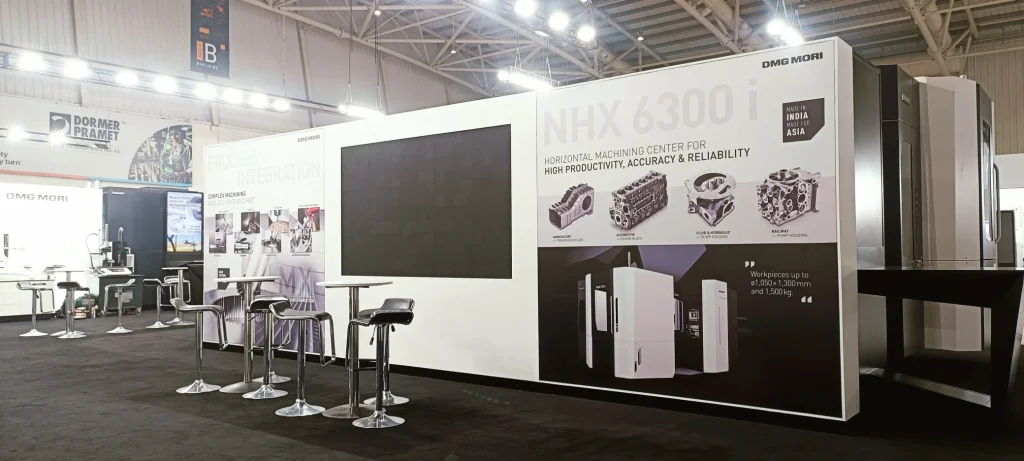
Introduction:
In today’s environmentally conscious world, trade show exhibitors are increasingly recognizing the importance of adopting sustainable practices to minimize their environmental footprint and contribute to a greener future. From eco-friendly materials and energy efficient lighting to waste reduction and carbon offsetting, there are numerous ways exhibitors can make their booth experiences more sustainable.
In this blog, we’ll explore practical and actionable tips for trade show exhibitors to embrace sustainability and create greener expo experiences.
1. Choose Eco-Friendly Materials:
- Opt for sustainable and renewable materials in booth construction and design, such as bamboo, recycled aluminum, FSCcertified wood, and biodegradable plastics.
- Select eco friendly alternatives for signage, banners, and promotional materials, such as recycled paper, soy based inks, and water based coatings.
2. Minimize Energy Consumption:
- Use energy efficient lighting solutions, such as LED lights, to illuminate booth displays and signage. LED lights consume less energy and last longer than traditional lighting options, reducing electricity usage and greenhouse gas emissions.
- Consider incorporating solar panels or renewable energy sources to power booth electronics and equipment, further reducing reliance on fossil fuels.
3. Reduce, Reuse, Recycle:
- Implement waste reduction strategies to minimize the amount of waste generated during trade shows. Encourage attendees to opt for digital brochures and collateral instead of printed materials to reduce paper waste.
- Provide clearly marked recycling bins for attendees to dispose of recyclable materials such as paper, plastic, and aluminum. Partner with waste management companies or event organizers to ensure proper recycling and waste disposal practices are followed.
4. Optimize Booth Logistics:
- Minimize transportation related emissions by choosing local suppliers and materials whenever possible to reduce the carbon footprint of booth construction and logistics.
- Consolidate shipments and opt for reusable shipping crates or containers to reduce packaging waste and transportation emissions associated with booth setup and teardown.
5. Promote Sustainable Transportation:
- Encourage booth staff and attendees to use sustainable transportation options to travel to and from trade shows, such as public transit, carpooling, biking, or walking.
- Offer incentives or rewards for exhibitors and attendees who choose eco friendly transportation methods, such as discounted booth fees or giveaways.
6. Offset Carbon Emissions:
- Calculate the carbon footprint of booth activities, including transportation, energy usage, and waste generation, using online calculators or carbon footprint assessment tools.
- Offset carbon emissions by investing in verified carbon offset projects that support renewable energy, reforestation, or energy efficiency initiatives. Partner with reputable carbon offset providers to ensure transparency and credibility.
7. Educate and Advocate:
- Raise awareness about sustainable practices and environmental stewardship among booth staff, attendees, and industry peers through educational materials, workshops, and presentations.
- Advocate for sustainability within the trade show industry by supporting initiatives, policies, and guidelines that promote eco friendly practices and reduce environmental impact.
Conclusion:
By embracing sustainable practices, trade show exhibitors can play a vital role in reducing environmental impact and promoting sustainability within the industry. From choosing eco-friendly materials and minimizing energy consumption to reducing, reusing, and recycling waste, there are numerous ways exhibitors can make their booth experiences more environmentally friendly.
By incorporating these sustainable practices into booth design, logistics, and operations, exhibitors can create greener expo experiences that align with their values, resonate with attendees, and contribute to a more sustainable future for trade shows.


 US
US
 EU
EU


